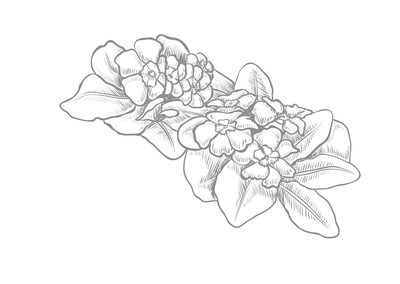Bee Habitat Creation

In association with Wildflower wildlife Farming Company, UK CEH, And Edwards Ecological Services Ltd.
All the information below can be found HERE, though geared towards farmers its a very interesting and helpful read, there is a smaller leaflet and a bee calendar available.
Insect pollinators are vital for supporting food production and biodiversity, but they face an ever growing range of pressures from habitat loss to pesticides and diseases. Although flowers seem to be visited by a great diversity of insects, the majority of pollinators are derived from only four insect orders: the bees and wasps (Hymenoptera), the flies (Diptera), The butterflies and moths (Lepidoptera), and the beetles (Coleoptera). Bees are easily the most important of these in terms of pollination. Certain characteristics of flowers, such as colour, shape, scent, nectar composition and time of blossoming, are all important in attracting insect pollinators, Flowers pollinated by bees tend to have sweet scents whereas those pollinated by flies and beetles are fruity or musty smelling. Pollen and sucrose-dominated nectar are offered as rewards.
In order to sustain a wide diversity of pollinators in the countryside it is vitally important to provide a range of flower resources throughout their active period – between March and September.
Starter. Spring (March to end of May). Flowers at this time are vitally important for queen bumblebees founding nests and also early emerging solitary bees. Flowers are often scarce at this time and it can be a challenge to provide them – indeed this might be considered the pollinator ‘hungry gap’. Most wildflowers we see at this time of year are not commercially available as seed, so value what comes for free in hedgerows and headlands and accommodate them whenever possible.
Main course. Mid-summer (June to mid-August). An abundance of flowers is needed to ensure large and productive bumblebee and honeybee colonies, and successful second broods for solitary bees.
Dessert . Late-summer (late August to the end of September). Late season flowers can be easily forgotten. These are important for feeding mated queen bumblebees before Winter to increase their chances of survival to the following year.
Please use this link for the plants available from us to help bees

